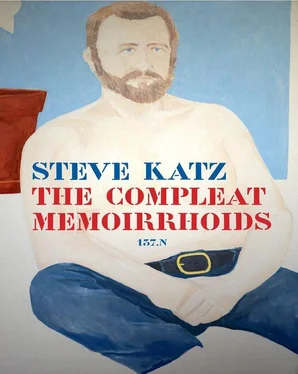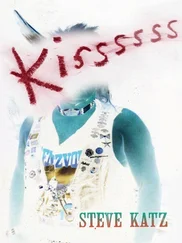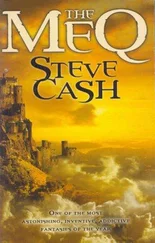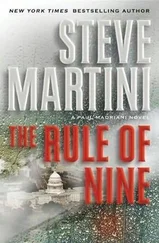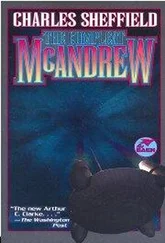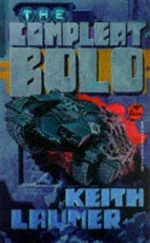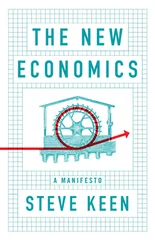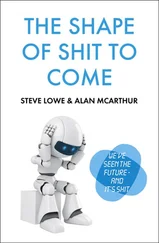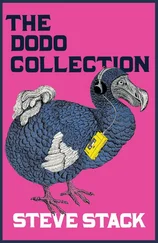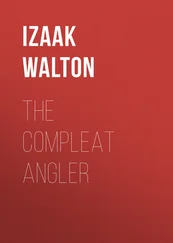So I leave the Bilbao Guggenheim, and visit the impressive collection at Bilbao’s own Museum of Fine Arts, and the Basque Museum. I take the train then for Madrid and head for the Prado. Its Velasquezes, Goyas, Murillos, its Hieronymous Bosch, its Breughels. What a line-up. This is one of the most intense collections of masterpieces in the world. I head downstairs to look at the small painting by Antonello da Messina I have crossed the US and all of Europe to see. A grieving angel lowers Christ from the cross, the grief on its face is the paradigm for all grief. It is worth the trip. That tiny work opens all the emotional potential of grief, spreads a total moral panoply, extends the enormous reach in time and space of great art.
Time I confessed
At least to one crime: I write in
invisible ink…
Anna Akhmatova
To avoid detection late at night when I was young I spent a lot of time with a flashlight, reading under the covers, even with two flashlights when I needed more technology. Perhaps for sentimental recollections of reading The Sound And The Fury, Bomba The Jungle Boy, Anna Karenina, The Magic Mountain, Microbe Hunters, The Sun Also Rises , and many other books thus cozily, I have always written my first drafts under the covers. I write them in longhand, with lemon juice, on sixteen pound recycled bond, or twelve pound when I can find it. Preserve the forests! The initial text is invisible until I emerge with a handful of work, and heat the pages either over an incandescent bulb (the new cool obligatory spiral fluorescents are repugnant) or over a candle. The words then emerge like crack dealers on a street corner. I prefer the initial invisibility of the text because my work thrives on surprise. I like to be able to say to myself, “Did someone I know really write that?” Especially when I use candle, some of the pages burn up before I can transfer the content by hand with mechanical pencil to yellow legal pads. I love yellow pads. The white paper is like the whites of the eggs, and the yellow pad is the yolks. The result is usually an omelette, because it’s rarely sunny side up. Add a little provolone or cheddar for savoriness. That I lose some of my first draft to candle flames is thrilling. I never recover those words I had so carefully soured onto the page, and like to think the work is better for it. It encourages in the final project that bright feeling of absence present in most great art, that relaxing condition of “what the fuck, this is unintelligible.”
That I use mechanical pencil technology rather than superior wooden pencil technology is a slight source of shame. Watching the fine shavings peel out of a hand-held sharpener, almost translucent ribbons of wood, is a great pleasure I deny myself for some inexplicable reason. Collect a small heap of those shavings and there you have excellent kindling for the wood stove or campfire.
The problem arose of how to support the tent. At first my head seemed good enough to lift the blankets off the writing materials, but the whole system was subject to my twitches and jerk-abouts. I had too many accidents, spilling lemon juice onto the sheets, and wasting pages of perfectly good writing, sometimes losing a whole morning of production when I dozed off and collapsed onto the mattress. I eventually upgraded my technology by incorporating a rubber sheet, and a tight inkwell I found in an antique shoppe near Belfast, Maine. When I was younger I couldn’t write without a box of Ritz Crackers next to me under the covers, Their crispness, their friability, was just the texture I was going for in my prose. At that time I wrote many works in the crumbling mode. Later I retreated to my studio with one of my favorite fruits, the pomegranate, luculent and complicated, or sometimes the mysterious durian, that manages to exude all the acrid perfumes of an excited vagina.
Thus I advanced. My greatest technological progress in the tenting realm came after I visited Borge Sornum, artist and taxidermist, in Copenhagen, in 1961. I was living with my family in Verona, Italy, at the time, teaching literature courses at nearby military bases. I spent some of my days at the Brustelin Foundry. George Schneeman, who had been stationed in Verona in the army, introduced me to Sol Schwarz, an American sculptor who cast his bronzes there. Maestro Brustelin had a beautiful daughter. At the foundry I met Jorgen Haugen Sorensen, a young Danish sculptor of prodigious talent, who also cast his bronzes at the foundry. We became good friends, and I scissored some time away from my family to go with him to Paris, where his friend, Peter Bramsen had a successful lithograph and print business. We drank a lot of pastis together. Those Danes could drink, and at the time so could I. They convinced me to go to Copenhagen and look up Borge Sornum, who had been their teacher.
Sornum was a friendly and generous guy, and it was he who gave me the stuffed donkey penis that revolutionized the technology of my tenting processes. Sornum had the penis of a blue whale in his studio, over six feet long. He showed me pictures of Henry Miller, his good friend, posing with, embracing the preserved whale member. I wish I had copies of those pictures. The donkey penis was erect, perhaps three and a half feet long, and it provided the real stability I longed for to support the blankets above my writing. I wrote many of my books under this support, and it could be said that this donkey penis is at the pith of all my works. Borge Sornum had a beautiful daughter. When I took a job teaching lit from Aristophanes to Eliot at the US base in Aviano, I spent time in Venice, and met her by chance on the boat to Murano. We spent our time on deck close together.
Long ago I gave up the lemon juice initiation. I know it has affected my work, and perhaps has contributed to my symptoms of intellectual scurvy.
For one thing I no longer can claim that my best writing has burned away. A major technological failure afflicted me when I first enjoyed the notion that writing these “Memoirrhoids” was like mining in the mountains of my past. I returned for the moment to do my first drafts under the covers. I tried to do it with sexy carbide lamps that miners used for years on their hard hats. The smell of the carbide is intoxicating. LED lamps lack smell, and therefore don’t stimulate the memory. I might have brought the canary down with me under the covers to reinforce the mining metaphor, except that many of my friends are animal rights activists, and their protests would have hurt distribution of the works. Carbide light was a powerful technology, and I knew it would have a great influence on my writing, but the open flame under the covers proved too risky, and in the heat my writing environment began to smell like roasting donkey penis.
To transfer the scribbles from my yellow pads into a word processing program I can read on the computer screen is for me like stepping back into an empty cave, into primitive technology, before Lascaux, more primitive than petroglyphs in Chaco canyon. This prototechnology is devised in environments where codes are written by primates almost human. They are trained to be corralled in extensive enclosures, each in a cubicle, each provided with a glowing screen. What happens to my writing in the context of this screenlight is almost too archaic for words.
Poor families often have stories of consolation. It’s a wealth that can’t be plundered. Maybe there were better times, maybe hard times should be reconsidered. The story that lay on my family like powdered sugar was that my maternal grandfather was once harness maker to the Tsar. That very grandpa spilled a samovar of scalding water onto me when I was a year old. The burn left my arms scarred for life. It’s sad this was like my only conversation with him. The harness story was prevalent when I was very young. My extended family soon ruptured, was full of bickering over tiny inheritances. I lost track of the aunts and uncles who might have verified or expanded the story. With pogroms and WWII traces of my family in the USSR (Belarus) were probably erased. It wasn’t something I thought I needed to pursue, though my interest was stimulated somewhat when I went to work for Alfred Partridge, on his rocky hillside dairy farm near Windham, New York. He worked his land with horses. I had to become familiar with the intricate technology of harness, traces, whiffle-tree. As I messed with the heavy leather strapping to harness Alfred’s team I envisioned “Poppa” in the old country, fashioning the jeweled harnesses for the Tsar’s troikas.
Читать дальше
